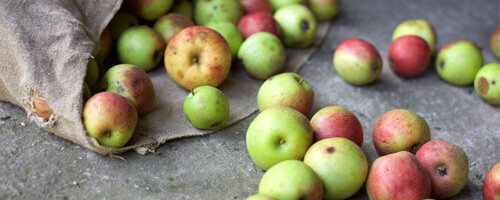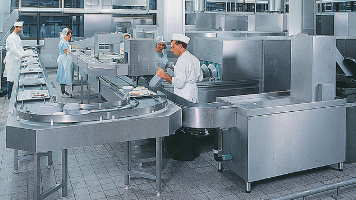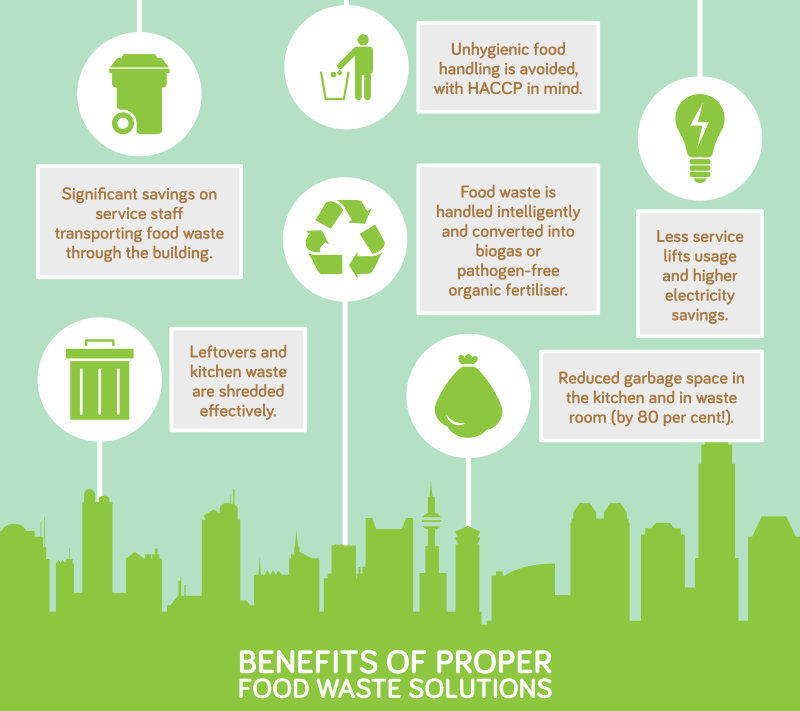
In Malaysia, according to the National Solid Waste Management Department, about 3,000 tonnes of food waste can be prevented daily - a figure that contributes to solid waste and the largest source of harmful greenhouse gases in the country. Night markets, wet markets, restaurants, cafes, food courts, hotels, and the food and beverage (F&B) sector - food is largely wasted in these venues as much as money is.
WHAT IS FOOD WASTE?
Food waste, according to the Food and Agriculture Organisation of the United States, refers to the discarding or alternative use of food that is safe and nutritious for human consumption. The practice happens in many ways in a foodservice setting:

Fresh produce that often falls far from its “normal” shape, size, and colour are often eliminated in commercial kitchens during sorting operations.

Foods that are reaching and beyond the “best-before” date are often discarded by retailers.

Large quantities of wholesome edible food are often unused or leftover and discarded from foodservice establishments such as restaurants and cafes.
Consider this - the cost of food for the preparation of meals is the second largest expense among restaurants and in the foodservice industry. So, why would we not have enough reasons to implement proper restaurant waste management and reduce the cost of food waste?
A COMPLETE FOOD WASTE SOLUTION BY MEIKO
All actors in the food chain have a role to play in reducing food waste, and MEIKO is dedicated to being the forerunner of the change. MEIKO offers a complete food waste system comprising of vacuum systems, pump systems, waste grinders, dewatering systems, digester solutions, input stations for all volume and space requirements, tank solutions in all imaginable customised versions, and open systems without collection tank.

With the solution…
- Leftovers and kitchen waste are shredded effectively.
- Unhygienic food handling is avoided, with HACCP in mind.
- Food waste is handled intelligently and converted into biogas or pathogen-free organic fertiliser.
- Reduced garbage space in the kitchen and in waste room (by 80 per cent!).
- Less service lifts usage and higher electricity savings.
- Significant savings on service staff transporting food waste through the building.

But that’s not all. With economy, ecology, and organisation in mind, the system is well-proven. Grand Hyatt Singapore, with a team led by Executive Chef Lucas Glanville, has witnessed the system “moving a mountain of food waste from landfill to garden fertiliser.” Executive Chef Lucas Glanville said, “The new system has removed the manual chore of moving food waste around the hotel. There is a huge boost for hygiene because there are less bins, less wheelie bins especially and the damage they cause back-of-house. The system has made our staff so much more productive, for example, we no longer need to spend so much time sanitising the wheelie bins."

In short:
The reality of the F&B sector is full of facts that we cannot ignore - there is money wasted when food is wasted. Yet, there are always possible ways to change your foodservice practices and reduce the waste produced by your restaurant - and that might as well start from using the right food waste management system in your restaurant.
To find out more about MEIKO’s food waste management system, please click here.
Source: New Straits Times, Food & Agriculture Organisation of the United States, Chowhound, POS Sector, MEIKO’s website
